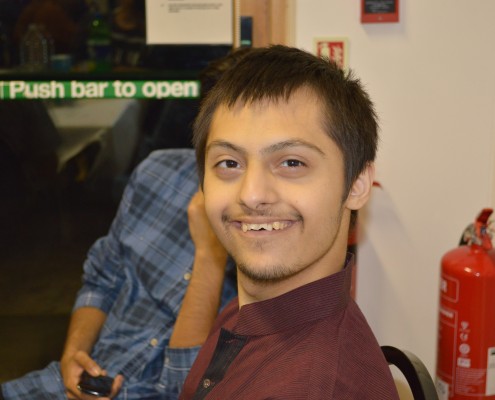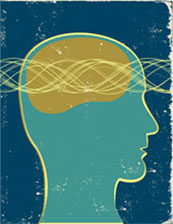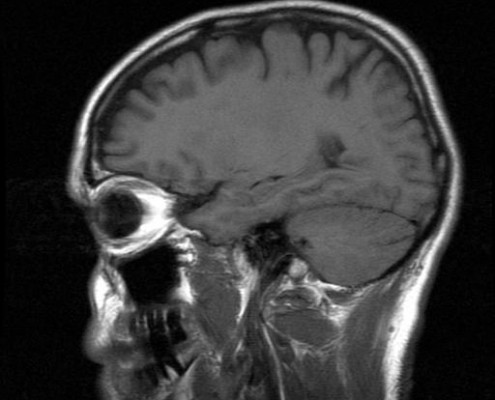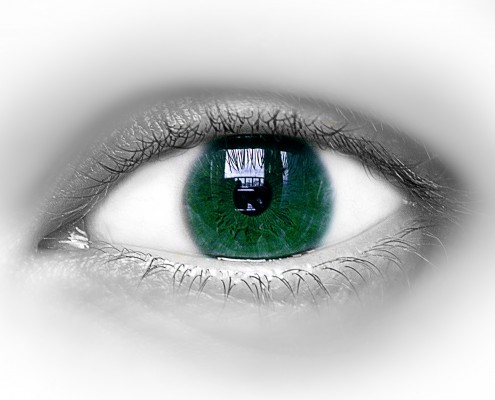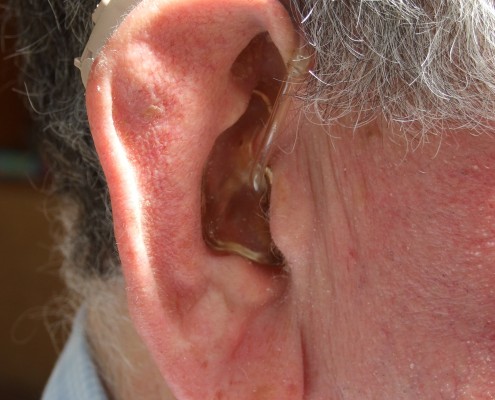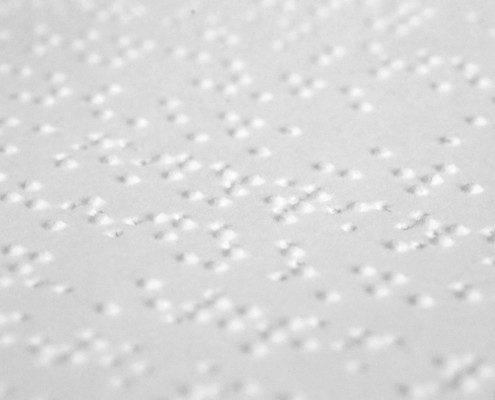Children with such conditions have high support needs as a result of severe or profound learning impairments and associated physical and sensory impairments.
Autistic Spectrum Disorder (ASD)
What is ASD?
Autism Spectrum Disorder (ASD) is a lifelong developmental disability that affects how a person communicates with, and relates to, other people. It also affects how they make sense of the world around them.
Around 700,000 people in the UK have autism. Together with their families they make up around 2.8 million people whose lives are touched by autism every single day.
It is a spectrum condition, which means that, while all people with autism share certain difficulties, their condition will affect them in different ways. Some people with autism are able to live relatively independent lives but others may have accompanying learning disabilities and need a lifetime of specialist support. People with autism may also experience over- or under-sensitivity to sounds, touch, tastes, smells, light or colours.
Asperger syndrome is a form of autism. People with Asperger syndrome are often of average or above average intelligence. They have fewer problems with speech but may still have difficulties with understanding and processing language.
Signs of Autism

ASD Resource
INSAAN recommends you visit this site below:
CLICK HERE TO READ THE RESOURCE
This website explains autism in away that can be understood by all. Many themes are covered including causes, diagnosis, research and facts and figures about ASD. For those whose first language is not English, the website also provides information in many different languages, including Punjabi, Urdu, Bengali, Arabic, Mirpuri, Tamil and Hindi.
Cerebral Palsy (CP)
What is Cerebral Palsy or CP?
Cerebral palsy is a condition that affects muscle control and movement. It is usually caused by an injury to the brain before, during or after birth. Children with cerebral palsy have difficulties in controlling muscles and movements as they grow and develop.
Is there a cure for Cerebral Palsy?
There is no cure for cerebral palsy, but physiotherapy and other therapies can often help people with cerebral palsy become more independent. No two people will be affected by their cerebral palsy in the same way, and it is important to ensure treatments and therapies are tailored to your child’s individual needs.
How common is Cerebral Palsy?
In the UK, cerebral palsy affects about one in every 400 children. Cerebral palsy can affect people from all social backgrounds and ethnic groups.
What causes Cerebral Palsy?
There may be no obvious single reason why a child has cerebral palsy. The main causes of cerebral palsy include:
- Infection in the early part of pregnancy
- Lack of oxygen to the brain
- Abnormal brain development
- A genetic link (though this is quite rare)
What can increase the chances of Cerebral Palsy?
The following factors can increase the likelihood of cerebral palsy:
- Difficult or premature birth
- Twins or multiple birth
- Mother’s age being below 20 or over 40
- Father under 20 years
- First child or fifth (or more) child
- Baby of low birth weight (less than 2.5 pounds)
- Premature birth (less than 37 weeks)
- A combination of the above (such as low birth weight and being a twin) can further increase the probability of cerebral palsy.
Types of Cerebral Palsy
There are three main types of cerebral palsy. Many people with cerebral palsy will have a mixture of these types.
- Spastic cerebral palsy
- Dyskinetic cerebral palsy
- Ataxic cerebral palsy
No two people with cerebral palsy are affected in the same way. Some have cerebral palsy so mildly that it’s barely noticeable. Others may be profoundly affected and require help with many or all aspects of daily life.
Cerebral Palsy: Associated Conditions
Some people with cerebral palsy may have associated conditions; while others may not. These can include:
- Learning difficulty (although children with cerebral palsy cover the same range of intelligence as other children)
- Epilepsy (up to a third of children with cerebral palsy)
- Hearing impairment (only 8% of children)
- Problems with sleep
- Communication difficulties
- Feeding difficulties
- Drooling
- Problems with toileting
- Behaviour issues (one in four children with cerebral palsy)
- Periventricular leukomalacia
Does Cerebral Palsy change?
Cerebral palsy itself is not progressive; the injury to the brain does not change. However, the effects may change over time for better or worse.
Read more about CP and ageing.
Cerebral Palsy resource
INSAAN recommends you visit the following website:
SCOPE Article on CP
SCOPE, formerly ‘The Spastic Society’, has a long and well-established history of providing information and services in the area of cerebral palsy.





